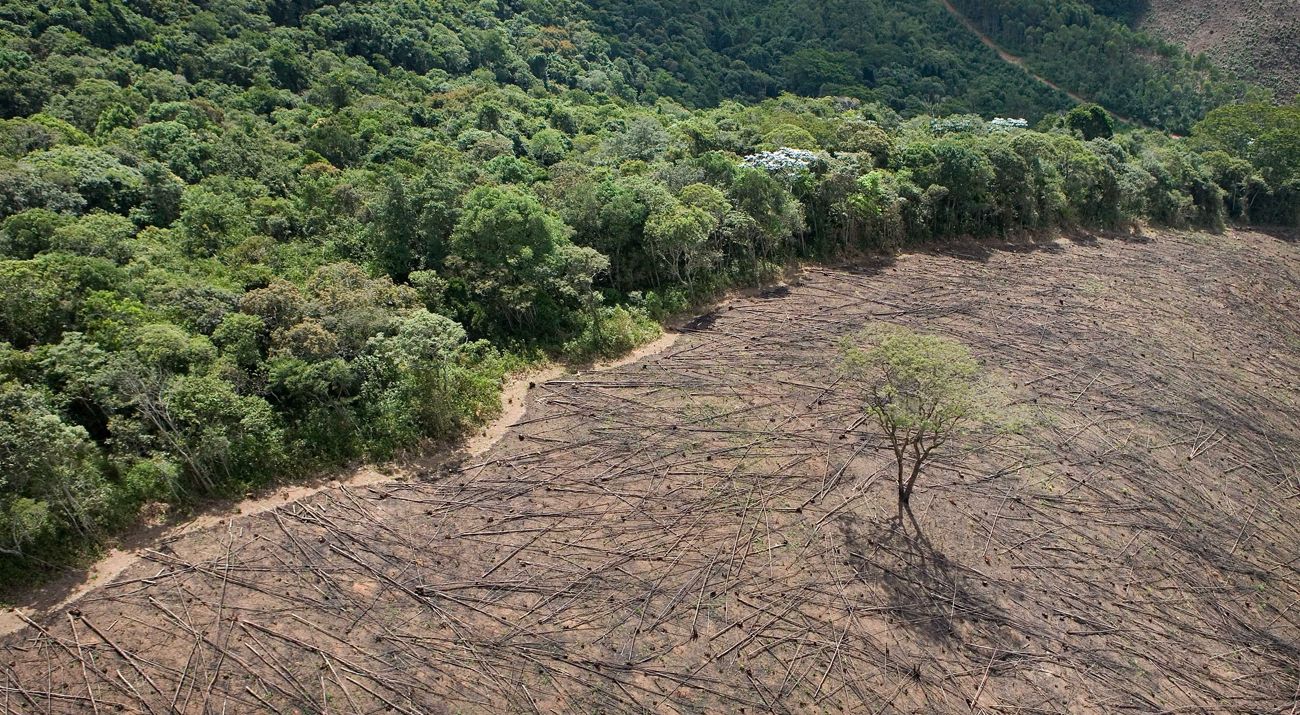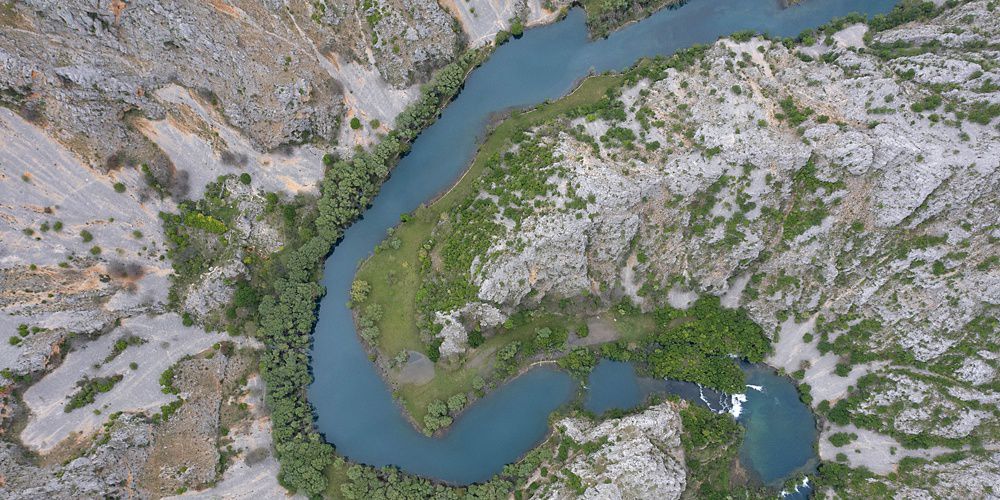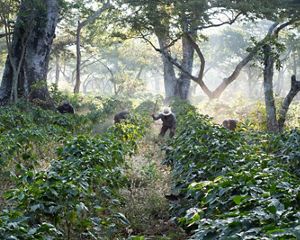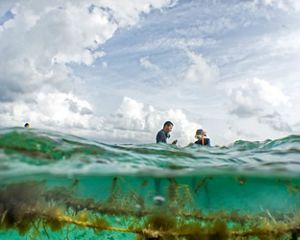A Long Term Strategy for People and the Planet
The Earth is at a tipping point. Here are 3 actions global leaders must take now.

Our planet faces the interconnected crises of rapid climate change and biodiversity loss. We have years, not decades, to address these existential threats.
Global Insights Newsletter
We explore the top sustainability issues and their solutions—in a 5-minute read or less.
Sign UpIn 2023, a new word was born to describe interacting current and future risks with potentially catastrophic consequences: polycrisis.
Another word is about to enter our collective dictionaries: permacrisis. Will this be our fate, or will 2024 be a time for resolution, resilience and recovery? This is a pivotal moment for global leaders attending the World Economic Forum annual meeting in Davos, where they will develop a long-term strategy to prepare for and respond to these risks.
What we do between now and 2030 will determine whether we slow warming to 1.5° Celsius while also conserving enough land and water to fix biodiversity loss. The good news is there is much that global leaders can do now to keep the polycrisis from becoming a permacrisis.
3 Things We Must Do To Save The Planet
Solutions to climate change and biodiversity loss won't come from any one sector: they'll come from governments, finance, business and civil society. We can achieve a nature-positive world by 2050 while providing affordable, secure and inclusive access to energy, food and water.
Here are three ways we need to up-end “business as usual” and act boldly to advance conservation.
1. Produce more food on less land.
Problem:
Today’s version of large-scale agriculture is the biggest source of land conversion, drives deforestation that worsens climate change, uses 70% of the world’s freshwater supply and relies on fertilizer practices that pollute our waters. As the need to feed a billion more people increases, agricultural expansion could devastate habitats, release even more carbon into the atmosphere, and dry up rivers.
Transitioning to Regenerative Food Systems
Our global food system can help us achieve our climate and biodiversity goals.
The Foodscapes SolutionHow to fix it:
Produce food where it’s most likely to thrive, which will use less water and less land.
How we’re taking action right now:
We’re analyzing satellite images and local yield potential to pinpoint where soy farming and cattle ranching can expand without destroying nature. This approach is especially vital in Brazil’s Cerrado region, where half of all natural habitat has already been converted to cropland and pasture. Cooperating with farmers on sustainable practices can help save what’s left of the Cerrado’s rich savanna.
2. Increase clean energy.
Problem:
Climate change is the single most serious threat facing our planet today. We must reduce carbon emissions to, or below, levels agreed to in the Paris Climate Agreement to prevent catastrophic harm. And with global energy demand expected to increase 56% over the next couple decades, it will be impossible to meet those emissions targets if we stick primarily with traditional fossil fuels.
Benefits of Solar Energy on Former Mine Sites
An affordable path to repurposing former mines into clean energy hubs.
Mining the SunHow to fix it:
Shift 85% of the world’s energy supply to non-fossil fuel sources and invest in strategies like reforestation that capture carbon dioxide.
How we’re taking action right now:
We’re championing regulations that allow former mining lands to be repurposed for solar and wind energy. Tens of thousands of acres of degraded mine sites in Nevada’s Great Basin are now available for renewable energy development. By targeting already-disturbed land, new turbines and solar panels won’t need to destroy more natural habitat.
Global Insights Newsletter
There is much that global leaders can do right now to build a better future for people and the planet. Our newsletter explores potential solutions to our top challenges, all in a five-minute read or less.

3. Get $700 billion to finance nature.
Problem:
Our economies depend on healthy, supportive natural systems. In fact, around half of the gross world product is dependent on nature. Globally, we're already spending up to $143 billion USD each year on activities that benefit nature, but we need more. A lot more. We need to spend at least $722 billion (and as much as $967 billion) USD every year, putting the nature finance gap at $579-824 billion USD.
A Finance Plan for the Planet
Here's how we get $700 billion each year to reverse the biodiversity crisis.
How to close the funding gapHow to fix it:
We need to close the funding gap—and spend at least $700 billion USD on nature every year—to reverse the decline in biodiversity by 2030. Fortunately, this number is only 1% of annual gross global product, or about what the world spends on soft drinks.
How we’re taking action right now:
Through our Nature Bonds program, we’re taking a holistic approach to leverage debt refinancing for effective, durable conservation and climate action. We work with governments to help them refinance debt and generate new funding to invest in conservation, and in climate mitigation and adaptation measures. Like in Barbados, where we worked with the government, partners from the financial and conservation sectors, and local communities to develop a set of commitments for durable conservation that is tailored to meet the country’s specific needs.
We truly do have the power to build a future in which nature and people can thrive together.
A more sustainable path is possible. But we need to rally individuals, governments, companies and communities around the world to take action with us over the next decade. When we’re at the table with leaders around the world, it gives us great strength to show how many people are with us.



